2023 Vol. 38, No. 4
2023, 38(4): 583-598.
doi: 10.1016/S1872-5805(23)60768-1
Abstract:
2023, 38(4): 599-622.
doi: 10.1016/S1872-5805(23)60762-0
Abstract:
2023, 38(4): 623-640.
doi: 10.1016/S1872-5805(23)60744-9
Abstract:
2023, 38(4): 641-658.
doi: 10.1016/S1872-5805(23)60773-5
Abstract:
2023, 38(4): 659-677.
doi: 10.1016/S1872-5805(23)60767-X
Abstract:
Understanding the process of lithium deposition on a graphite anode for better lithium-ion batteries
2023, 38(4): 678-697.
doi: 10.1016/S1872-5805(23)60747-4
Abstract:
2023, 38(4): 698-724.
doi: 10.1016/S1872-5805(23)60734-6
Abstract:
2023, 38(4): 725-742.
doi: 10.1016/S1872-5805(23)60761-9
Abstract:
2023, 38(4): 743-753.
doi: 10.1016/S1872-5805(23)60745-0
Abstract:
2023, 38(4): 754-764.
doi: 10.1016/S1872-5805(23)60729-2
Abstract:
2023, 38(4): 765-775.
doi: 10.1016/S1872-5805(23)60739-5
Abstract:
2023, 38(4): 776-786.
doi: 10.1016/S1872-5805(23)60766-8
Abstract:


 Abstract
Abstract HTML
HTML PDF
PDF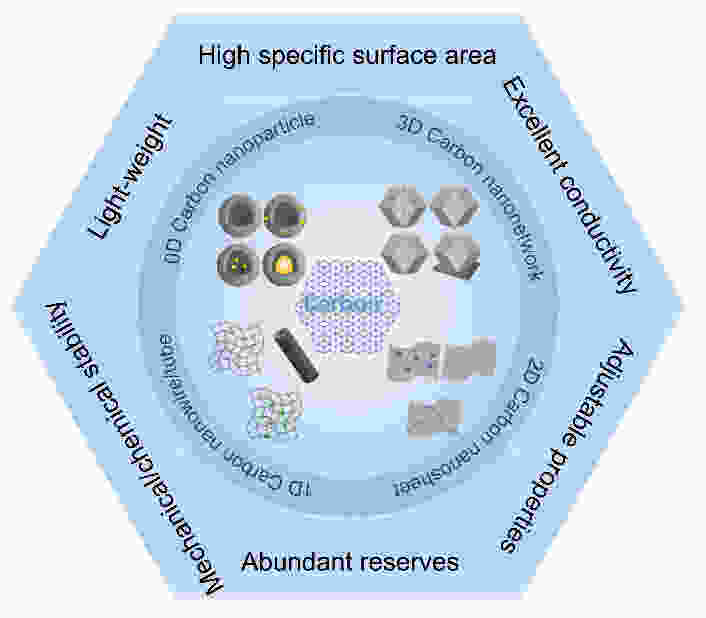
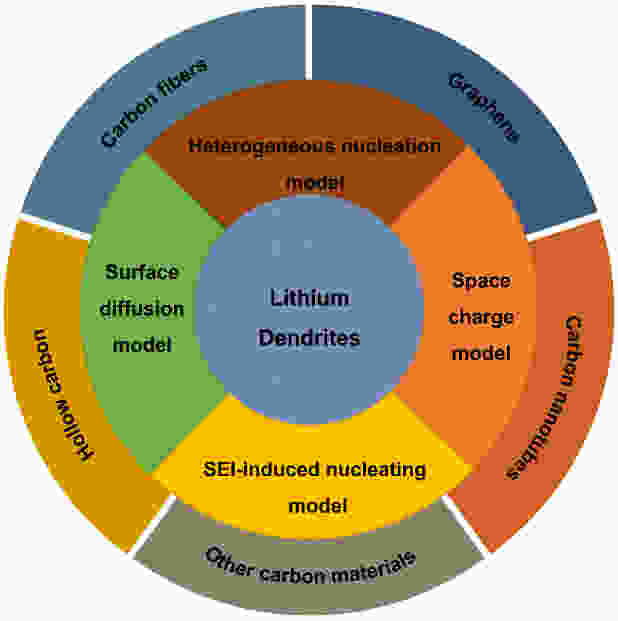

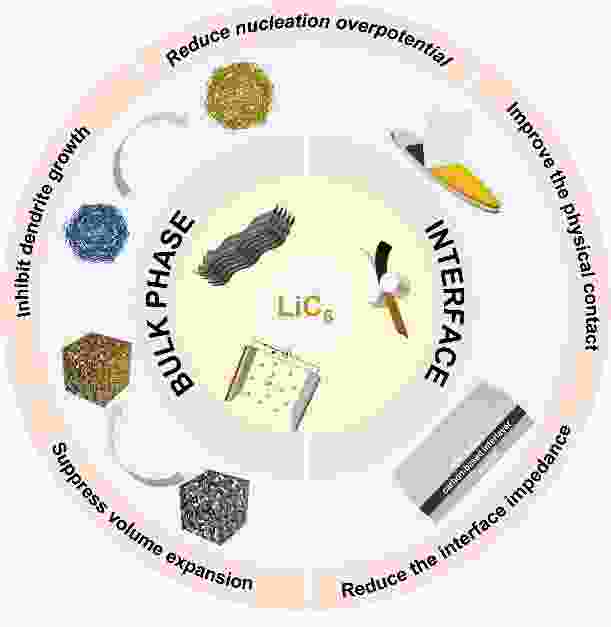
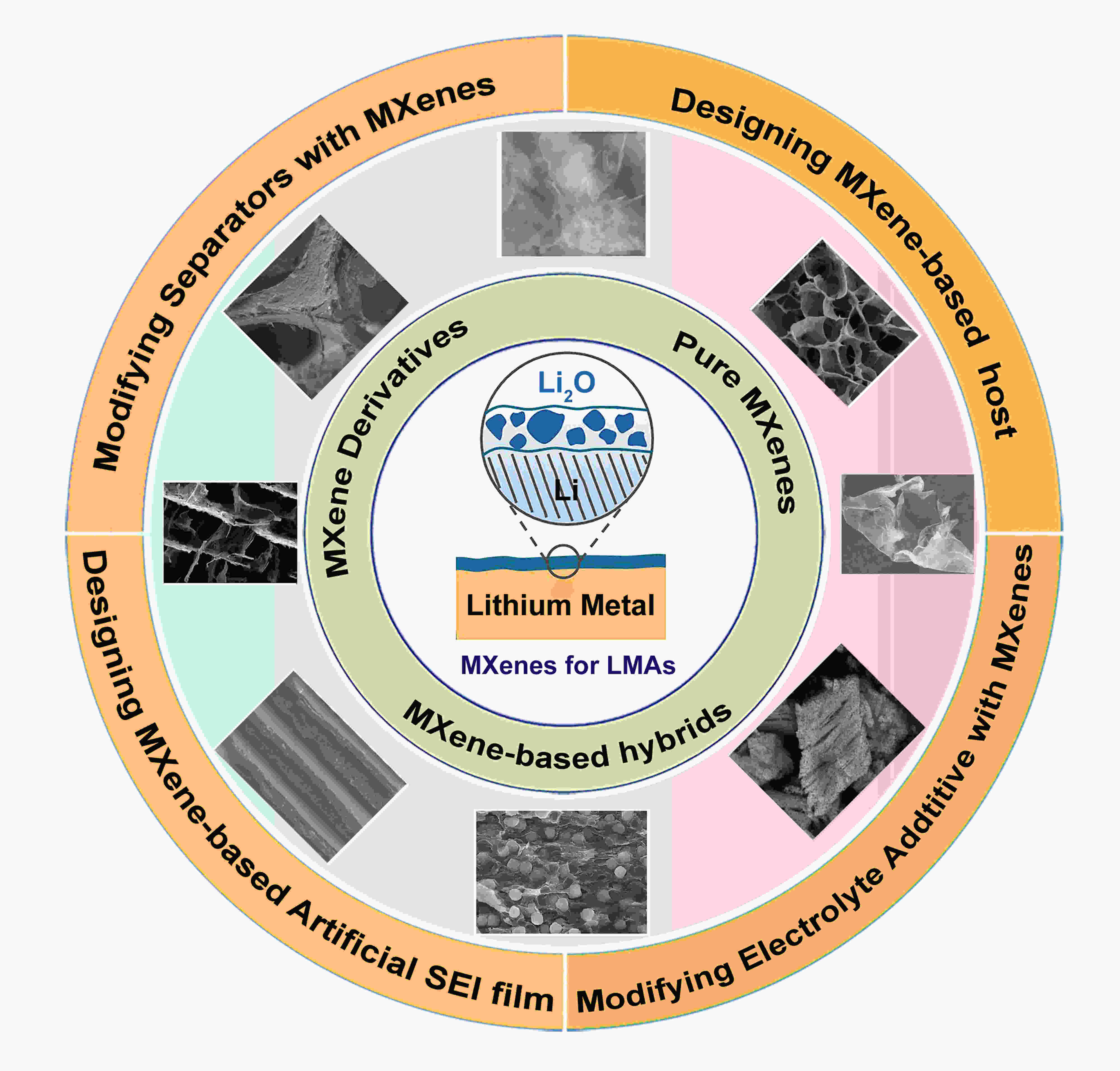
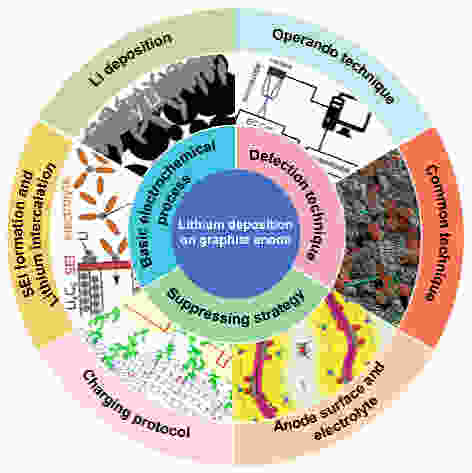
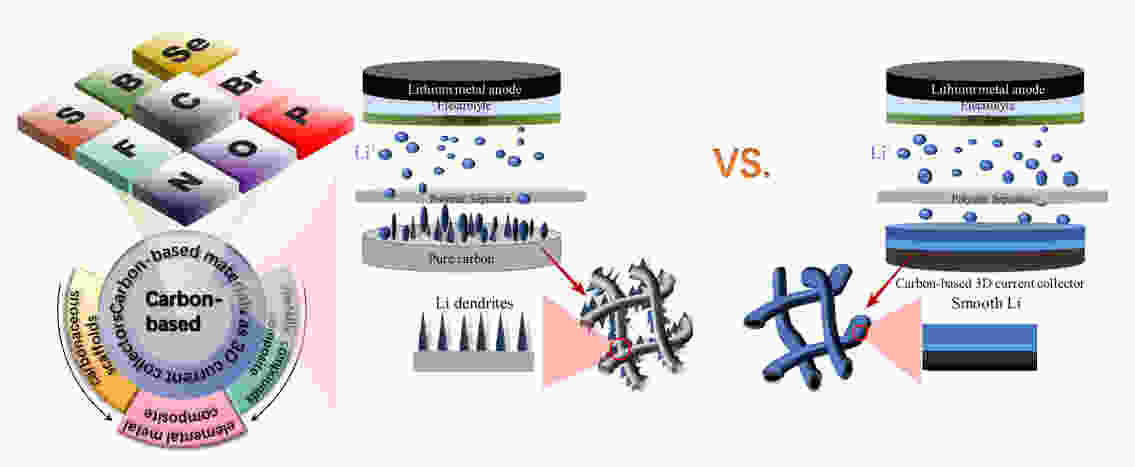
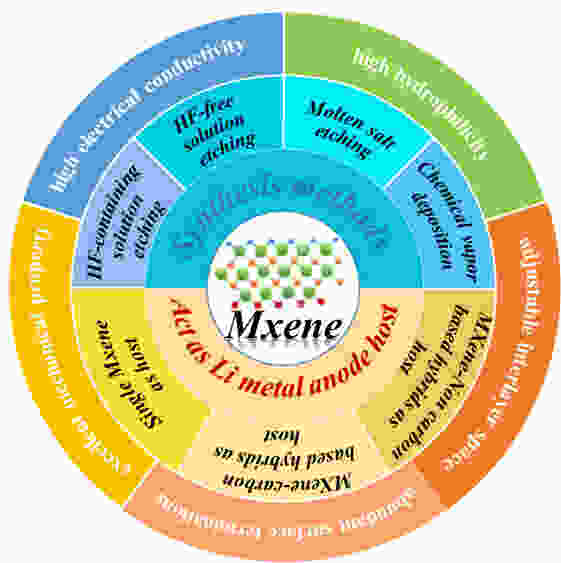
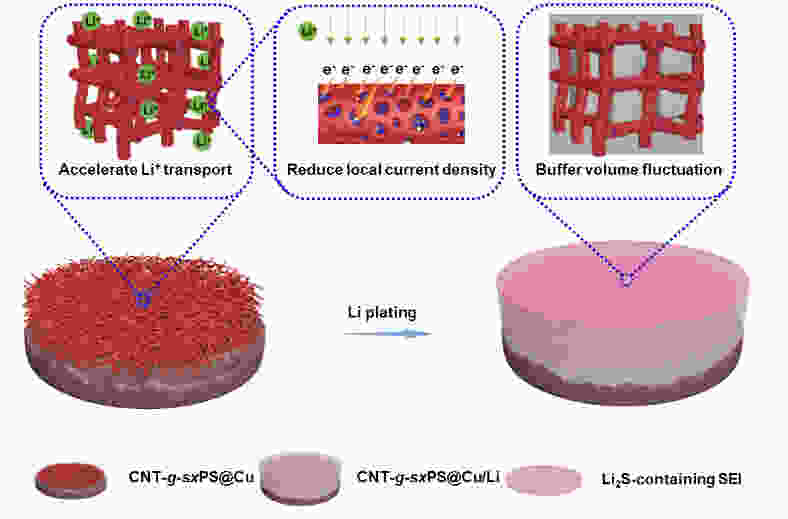
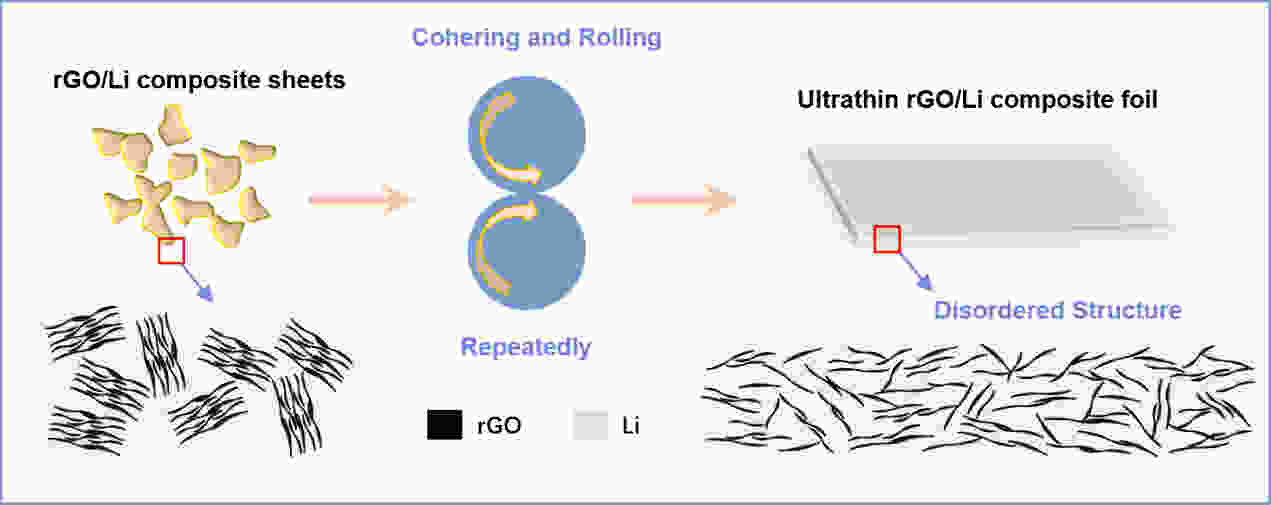
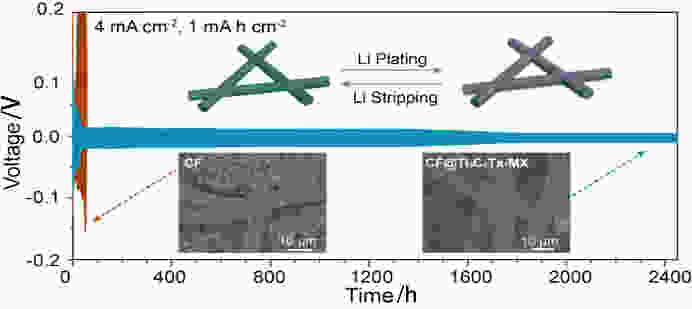
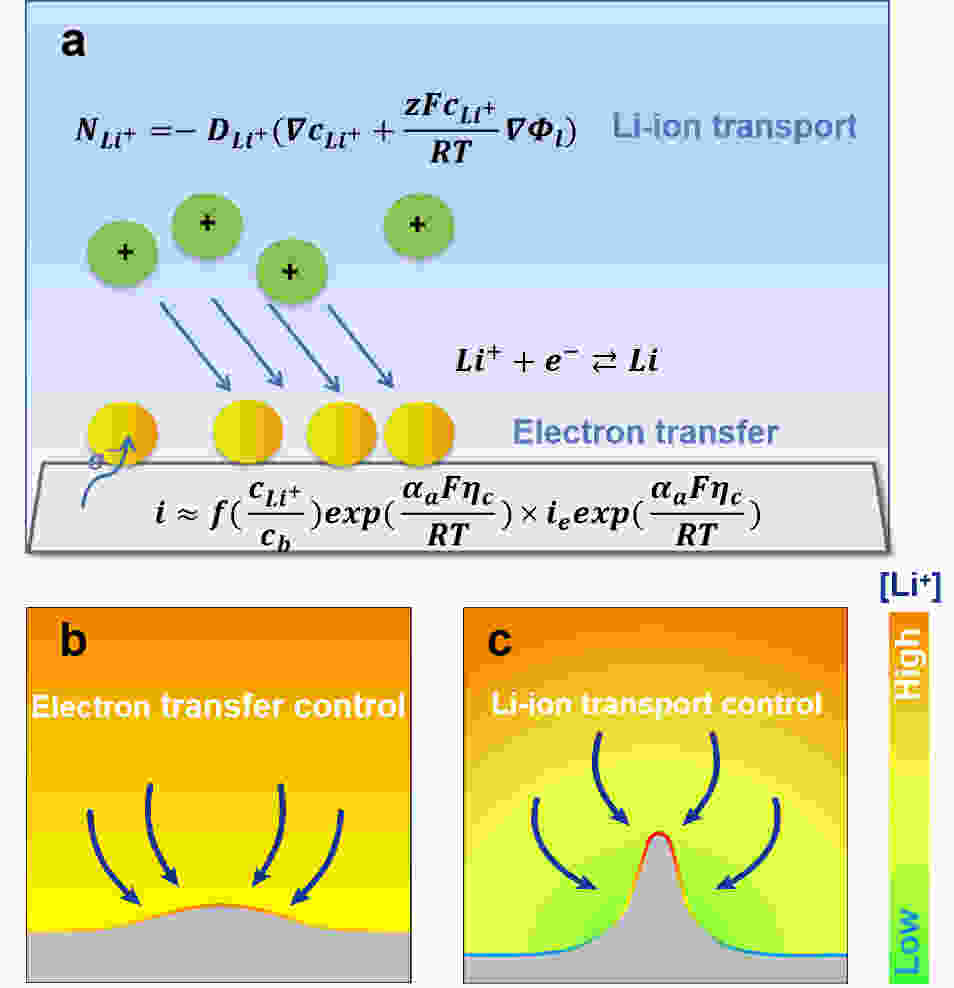
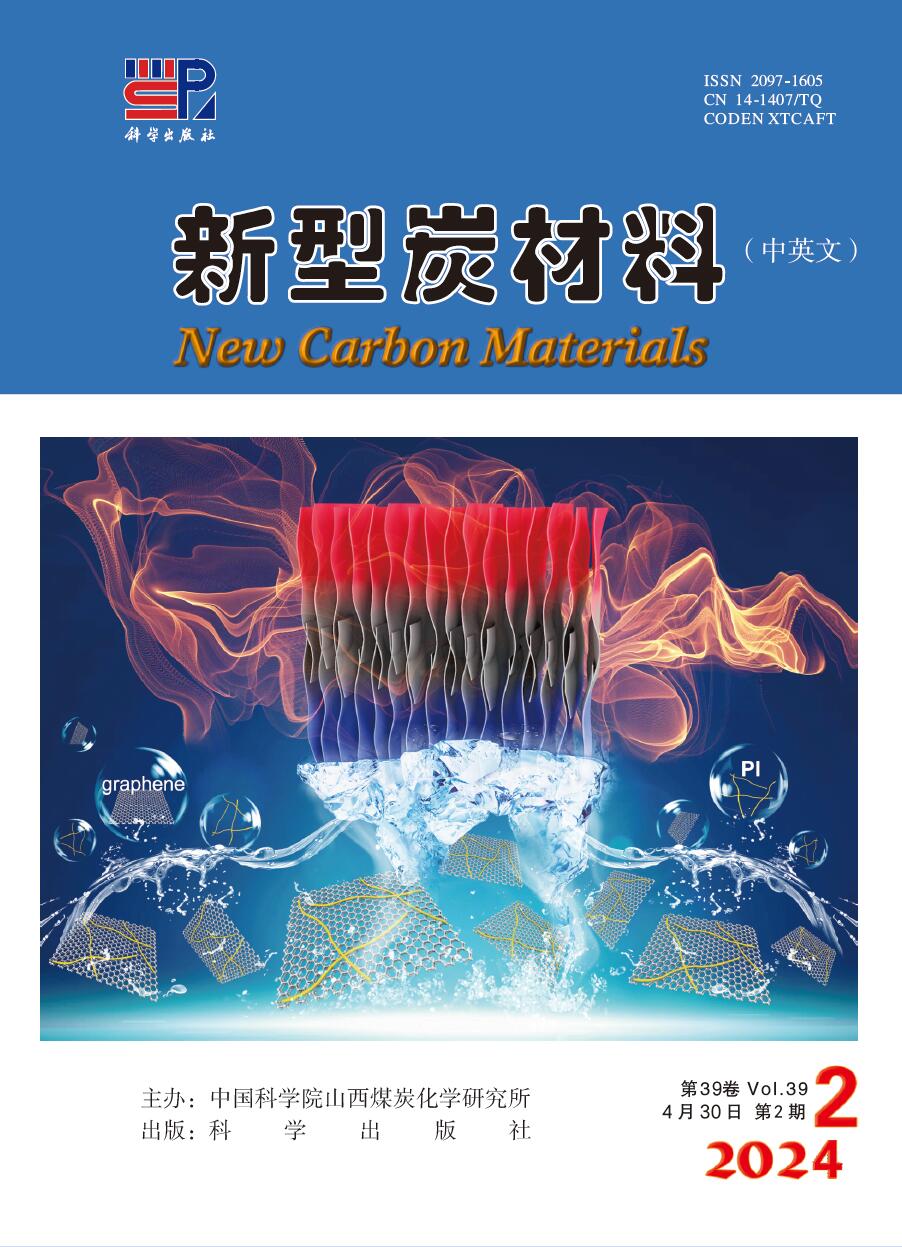

 Classified Collection
Classified Collection

 Email alert
Email alert RSS
RSS Download
Download Links
Links

